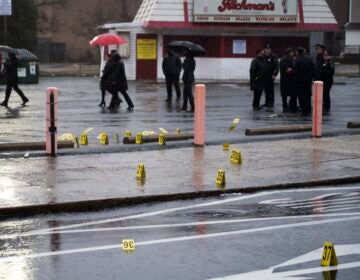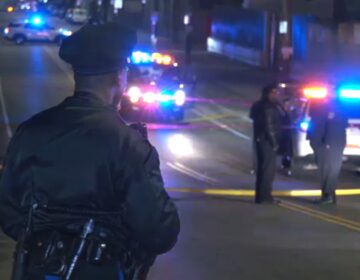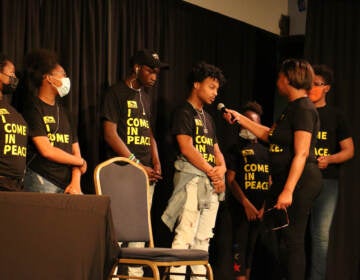A new Philly coalition has joined the fight against gun violence
The newly formed Civic Coalition to Save Lives says it will build a violence intervention strategy based on what’s worked in other cities.
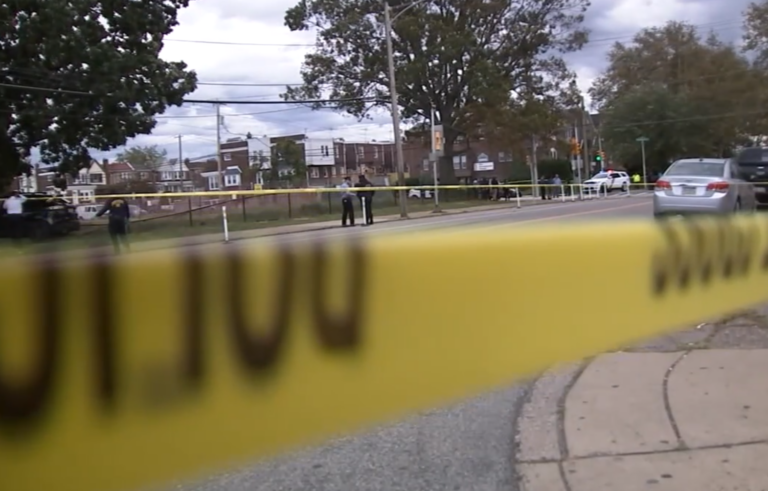
Police investigate at a crime scene in October, 2021. (6abc)
A coalition of Philadelphia philanthropies, business groups, nonprofits, and academic institutions are stepping in to combat the city’s gun violence crisis with a new infusion of funding.
The Civic Coalition to Save Lives has been in the works for about a year, said Pedro Ramos of the Philadelphia Foundation. The Philadelphia Foundation is leading the charge, along with the William Penn Foundation, the Urban Affairs Coalition, the Greater Philadelphia Chamber of Commerce, and the Philadelphia Equity Alliance. There are several dozen other groups on the list of supporters, a mix of universities, churches, law firms, health systems, environmental groups, and arts institutions.
“When we bring the civic, business, and philanthropic communities to the table and have a better understanding of the city strategy and what effective gun violence intervention looks like, we think we can be more effective at bringing resources to bear and help with those areas,” said Ted Qualli, spokesperson for the Philadelphia Foundation.
Organizers would not provide a dollar amount for how much funding the coalition will funnel into combatting the crisis, but said they are actively fundraising for the cause. Their model is based on similar coalitions that have successfully helped bring down violence rates in Oakland and Indianapolis.
Philadelphia’s homicide total has been climbing consistently since 2015. There were 562 homicides in the city last year, and there have been 465 in 2022 so far, almost all of them committed with a gun.
Qualli says the coalition is working closely with the City of Philadelphia to determine which already-existing gun violence prevention efforts – currently laid out in the Roadmap for Safer Communities – should be bolstered and which yet-untried strategies can be introduced. He says they also consulted David Muhammad, National Institute for Criminal Justice Reform, on the strategy.
The first step, organizers said, will be creating a “detailed problem analysis” to pinpoint the set of risk factors that identify people at greatest risk for being involved in gun violence, and deliver interventions such as job opportunities, mental health services, and financial assistance.
In Oakland, members of a similar coalition discovered that just 0.1% of the city’s population was responsible for the majority of gun violence – approximately 400 people, according to the Oakland Police Department. The analysis determined that an individual most likely to be involved in a shooting in Oakland had four of the five following characteristics:
- A young Black or Latino man ages 18–35.
- A member of an active crew/gang/group in Oakland.
- Extensive criminal justice involvement.
- Previous shooting victim.
- Has a close friend or family member who was shot in the past twelve months.
The City of Oakland then invested public dollars in community organizations that could provide social services to these high-risk individuals to prevent them from re-offending. Oakland’s homicide tally dropped from 126 to 71 between 2013 and 2017, a period in which community groups and the government were working together on a comprehensive strategy.
Leaders in the new Philadelphia coalition believe they can use a similar strategy to narrow down potential shooters. Qualli said that while the city’s roadmap supports many programs that aim to prevent violence in the long term, there aren’t enough that effectively disrupt violence happening now.
“Everything that we’ve learned over the last six, nine months of this journey tells us that if you want to bend the curve in the near term, the focus needs to be on intervention,” he said. “This is the area where we’re now bringing some additional resources.”
An August city spending audit from the Office of the Controller found that only 21% of the total FY 2022 investment was “allocated to evidence-based intervention programs that have been found to yield short-term reductions in shootings and homicides, with the rest of the funding going towards programs that will likely take years to produce measurable reductions in gun violence.”
A 2021 analysis from the department finds Philadelphia spends just $6,000 per shooting victim on violence intervention, compared with roughly $24,000 per person in Los Angeles and $26,000 per person in New York City.
And a recent evaluation of the city program that is focused on direct intervention with potential shooters found that it is falling short on its goals.
Pedro Ramos, president of the Philadelphia Foundation, said the new coalition strives for a world where all voices are at the table, to make a sustainable and executable plan.
“They understand what the outcomes are, they don’t feel like things are changing every couple of years,” he said. “They understand they’re being invested in and they’re making an investment.”
There are already grassroots gun violence prevention efforts across the city. Many of them are spearheaded by mom-and-pop nonprofits and neighborhood leaders who say they operate on shoestring budgets, with the occasional boost from city grants, which are largely short-term and can be difficult to access.
In response, other coalitions are striking up. This October, the Black Clergy of Philadelphia launched the 57 Blocks Project, referencing the 57 historically redlined streets in Black and Brown neighborhoods where homicides are most frequent. This group will focus on environmental improvements, youth services, and trauma-informed care.
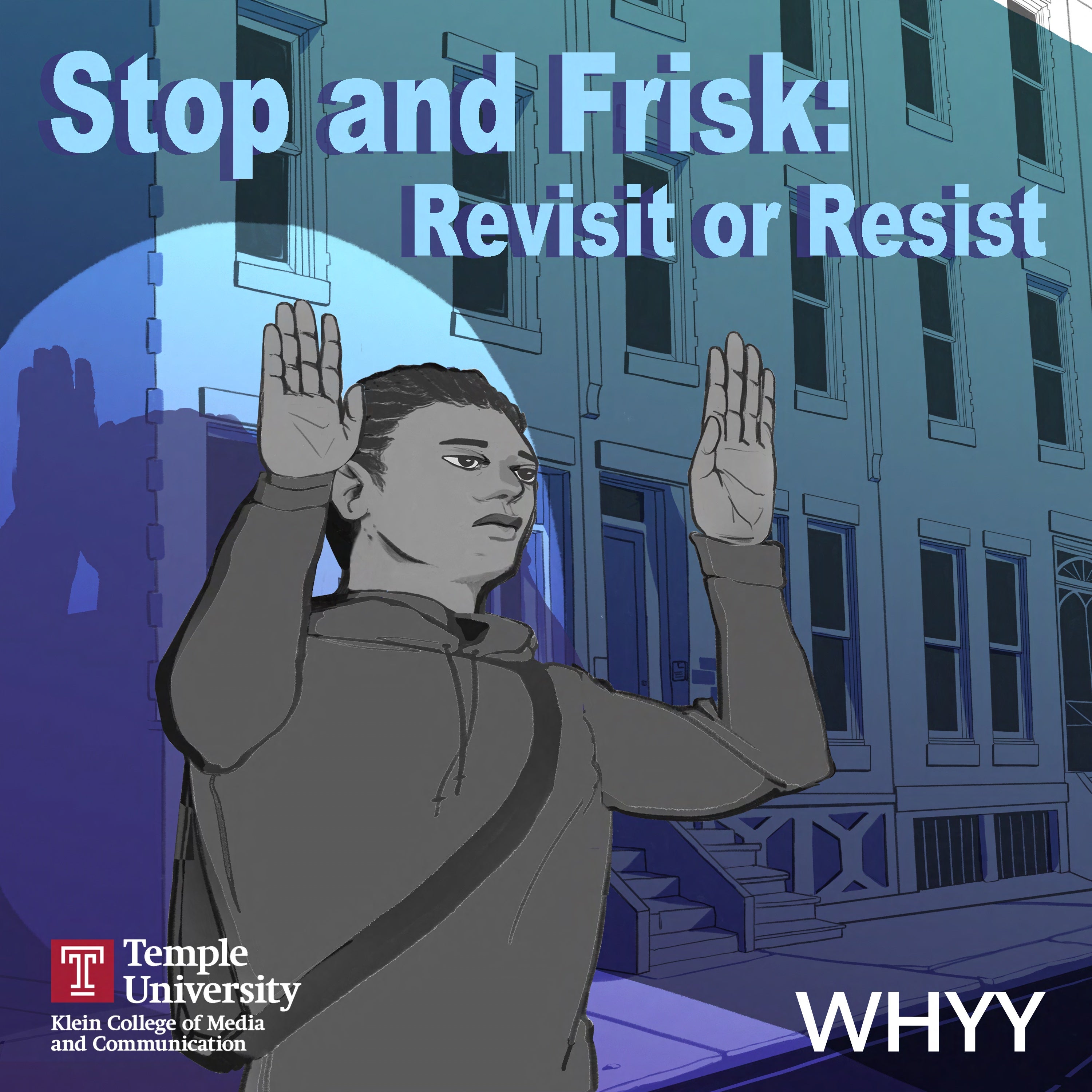
Stop and Frisk: Revisit or Resist
WHYY is your source for fact-based, in-depth journalism and information. As a nonprofit organization, we rely on financial support from readers like you. Please give today.



